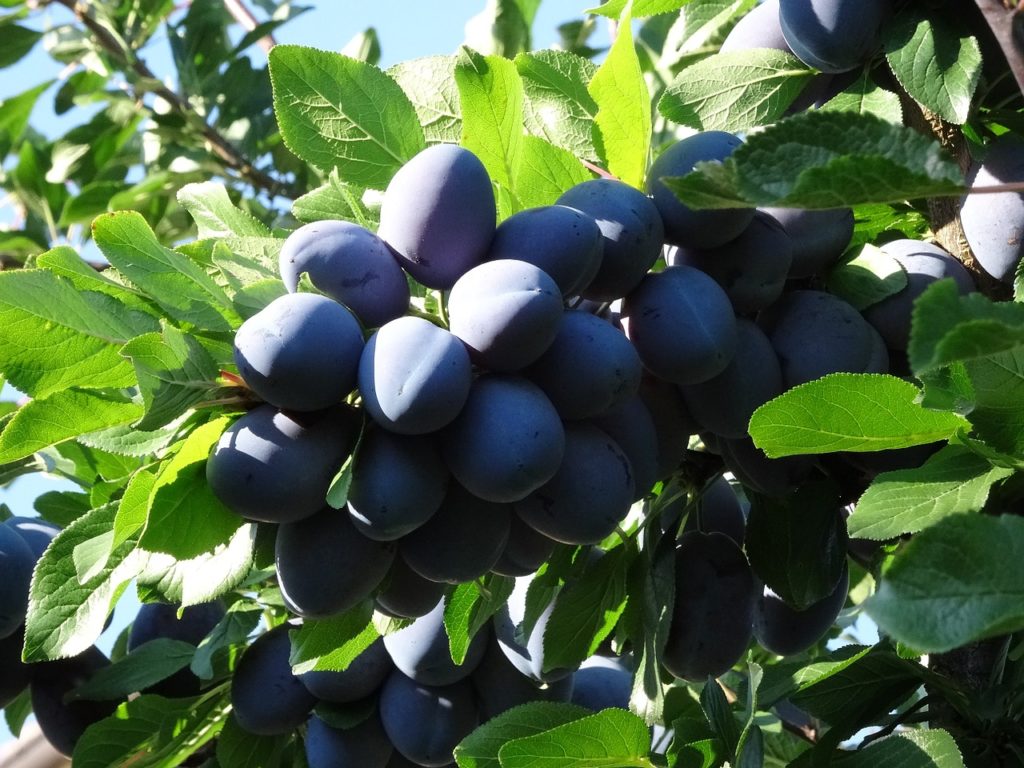Many tree species benefit from annual pruning, and fruit trees are no exception. The following examines how fruit trees benefit from pruning, when they should be pruned, and three common pruning cuts that can applied to fruit trees of all shapes and sizes.
The Benefits of Pruning Fruit Trees:
Proper pruning enables fruit trees to develop strong branch structure. This is important for increasing the rate of fruit production, and encourages trees to yield higher quality fruit.
Pruning also plays a vital role in tree preservation. It ensures the removal of any dead, diseased, or broken limbs, while preventing branches from becoming too crowded. When branches are overly vigorous, they can alter the shape and size of a tree, causing it to become malformed.
Opening a tree’s canopy maximizes light penetration, which is integral to strong flower bud development. Increased sun exposure encourages flowers to produce larger, more succulent fruit. Shaded trees tend to produce less fruit. Additionally, the reduced growth increases air movement, which promotes rapid drying of the wood. This minimizes the potential for infestation from insects, and diseases.
Fruit trees that are not consistently maintained generally form upright branch angles. These poorly angled branches reduce the tree’s productivity, and tend to collapse easily from heavy fruit loading.
When to Prune Your Fruit Trees:
Trees should be pruned during summer or winter.
Summer pruning is ideal for thinning trees, and removing overly vigorous growth. Reducing a tree’s branch density allows for increased light penetration, and air circulation throughout the crown. This minimizes shading, but it can leave fruit exposed to the elements, increasing their susceptibility to sunburn and other injuries. Summer pruning does not produce an invigorating effect. As such, pruning during this period should be limited to the removal of epicormic sprouts, and extraneous branches.
Summer pruning is most effective in early summer. It can begin once the tree’s buds start to grow. To minimize the potential for winter injury, summer pruning should be conducted by the end of July.
Winter Pruning, also called dormant pruning, is optimal for removing dead, dying, diseased, and weak angled branches. Heavy winter pruning of healthy branches invigorates trees, causing dormant buds to awaken prematurely, and produce small upright shoots called epicormic sprouts. The sprouts shade the tree, and absorb its energy, inhibiting proper branch and fruit development. Fruit trees with an abundance of epicormic sprouts tend to exhibit poor fruit production.
To avoid subjecting fruit trees to winter injury, pruning should begin late in the season. Apple and pecan trees should be pruned first, with cherry, peach, and plum trees following shortly thereafter. Older trees should take precedence, as younger trees are more prone to winter injury from early pruning.
Types of Pruning Cuts:
There are a number of pruning cuts that can be applied to fruit trees. These include thinning cuts, heading cuts, and bench cuts.
Thinning cuts are employed to remove entire branches or limbs. This reduces branch density, and opens up the tree’s crown, ensuring proper structural development.
Heading cuts are useful for shortening branches, and redirecting growth. When applied properly, this type of pruning cut removes the terminal part of a branch. The cut is administered just above a healthy bud or lateral branch. Heading cuts promote the growth of lower buds, with the area near the cut becoming more vigorous. A headed branch can become stronger and more rigid, resulting in extensive lateral branching. While headed cuts help reduce the length of branches, thinning cuts are preferable for maintaining a tree’s shape and form.
Bench cuts are used to remove vigorous upright shoots. Shoots are trimmed back to lateral branches that are similar in diameter, but more structurally stable, growing in an outward fashion. Bench cuts are used to create an opening in the center of a tree, allowing the remaining branches to flourish.
Additional Pruning Tips:
- Use pruning techniques that allow the pruning wound to heal quickly.
- Rapid healing reduces the potential for infestation from insects, and diseases.
- Pruning cuts should be made close to adjacent branches.
- When pruning large branches, avoid causing injury to the branch bark ridge or branch collar; these play a vital role in mending any pruning cuts that are made.


